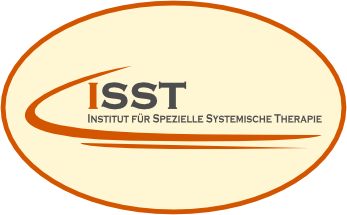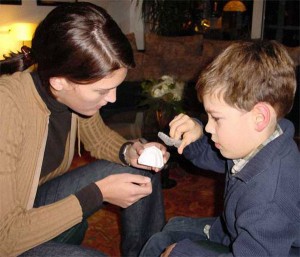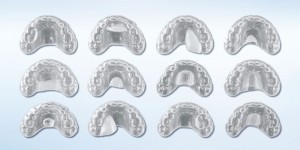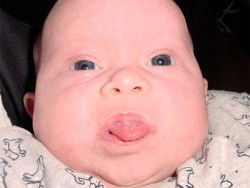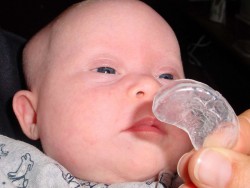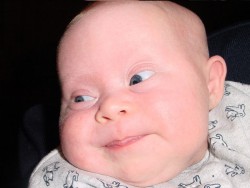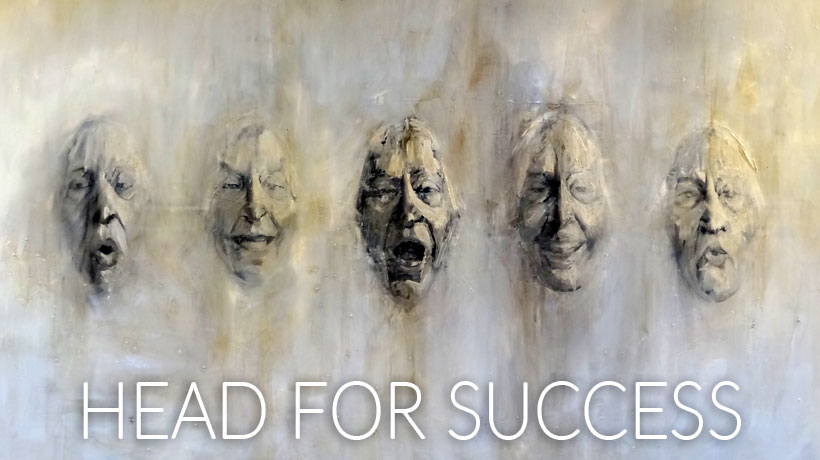
ISST-Unna
Institute for Special Systemic Therapy
The Institute of Special Systemic Therapy is considered as a competent provider of therapies to promote and restore the health of patients. Our main focus is dedicated to the rehabilitation of language, speech, movement, brain function, nerve function, pain, hearing impairments, dizziness, sleeping and snoring and sleep apnea.
Staff at the ISST are proud of more than thirty years of successful work with patients of all ages from over ninety countries around the world. Neurophysiological treatment methods and patented technical aids, that are developed and applied from ISST, have received international attention. The successful work at ISST has been proven by numerous media reports and is well documented by an impressive list of scientific publications.
The ISST
was founded in 1984 by Dr.Klaus and Sabine Berndsen. This was created under the influence of many years of therapeutic experience, consistent research and cooperation with universities, hospitals and international specialists. Together Dr Klaus and Sabine have created and developed new diagnostic and therapeutic methods as well as technical aids for ill and handicapped people. Their methods and devices have become known internationally and have been publicised by the media worldwide. As authors Berndsen/Berndsen have published numerous scientific papers. They have also been granted patents for their specialised medical devices and aids.
The innovative ISST team works on a high level of engagement and continuity, based on current scientific research, to allow the best possible results. ISST is organised in a tranquil, very personal and family based environment. Thus the important, trusting relationships between patient and therapists are always guaranteed. Patients come to ISST from all over the world and the ISST team have English, French, Spanish, Russian and Arabic language skills. Interpreters and nursing staff are also available on request.
We are looking forward an intense close cooperation with our patients!
Sabine Berndsen
Managing Director
Dr. Klaus Berndsen
Scientific Direktor
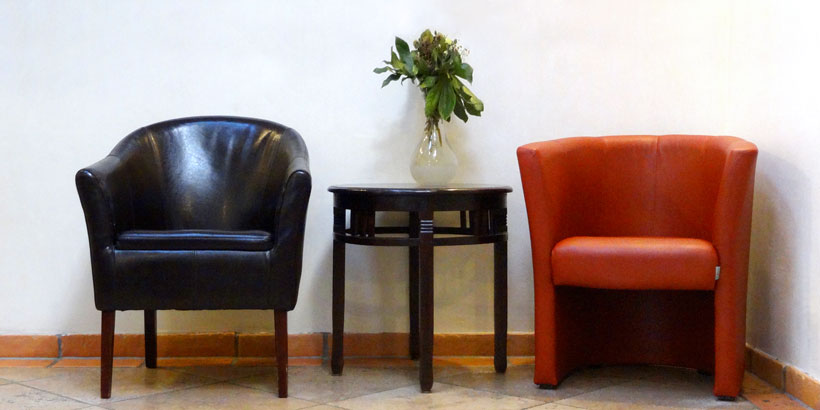
Upcoming Events
Aktuell keine Veranstaltung
Place of our practice
We are not born in Unna, but very long and happy here. We enjoy freedom, openness, interdisciplinary networking and diversity. As creative people we are guided by cultural highlights such as the International Light Art Museum. We lose bad ideas under the impression of this fantastic art. The good ones we use for our imagination, our actions and our patients.
Success for the patient and user
We work for the success of our patients and customers, not for our own glorification. We learn from them and optimize our qualifications not only through professional training, but also through a competent analysis of the different problems and the resulting of constant creative development and adaptations of individual assistance.
How we work
We do not consider and treat the symptoms of disease. We adjust ourselves individually to the patient. We always seek the causes of his problems. Together with the patient, we develop a partnership-based therapy in which the patient is extensively informed about the causes and therapy. Mutual respect and acceptance are important factors.
Our treatments take into account the complex mechanisms of the human organism, the psyche and important – old and new – findings from general research and brain research.
With head to the goal
The numerous interactive functions of the head and neck region with effects on breathing, eating, drinking, swallowing, hearing, metabolism, nervous functions, body balance and body statics are particularly considered.
Together with the patient, we develop strategies that prevent recurrences and have a positive effect on health and joy of life.
Ideas and creativity
Ideas for new methods and projects are often derived from intensive work with patients. We developed new therapeutic approaches and medical devices that were urgently needed for the rapid and effective improvement of patients’ quality of life. These patients suffered e.g. Dysphagia, swallowing, tinnitus, pain, etc. Some of these developments are now being applied worldwide.
We also developed speech aids for throat-less people, non-communicating communicators, respiratory devices, learning or re-learning of walking or body motor skills and products such as FaceFormer, LoopCup, hearing aids, communicator, intermittent heat treatment for neck pain, back pain, shoulder pain. Seat cushion with spring systems against decubitus, measuring devices for hearing tests and tinnitus measurement, electronic noise protection, etc. Some of these products have been patented.
Professional presentation
We want professional and ethical discussions on the same level, based on logic, analysis and experience. Ignorant dogmatics we encounter with dialectical argumentation. We are pleased to receive invitations to present us in information and expert forums. Comments and questions in our block are welcome.
What we do not react to
Destructive arguments for delimiting inappropriate hierarchical positions or unnecessary authority destroy the discourse. Conflicts with such only benefit the aggressor. This would take a step closer to their goal of destroying important innovative initiatives. They are basically ignored by us.
Selection of our employees
When selecting our employees, we attach great importance to the combination of professional expertise and a lived value orientation in our thinking and acting.
Everyone in our team has an excellent qualification, experience and the associated talent.
Important characteristics such as punctuality, reliability and honesty are further bases for reliable cooperation with our partners.
This is how we work
Ideas for new projects often come from direct work with patients or from inquiries from health care institutions. In the beginning, it was exclusively the help we developed for our patients. They were urgently needed by them as a quick, effective improvement in the quality of life. Such patients suffered e.g. dysphagia, tinnitus or pain. Subsequently, other health care facilities sent those affected, for whom we should invent something. We developed mainly individual aid for individual humans, e.g. speech aids for throat-less people, communicators for non-speaking people, respiratory aids or devices for learning or re-learning walking or body motor skills.
Afterwards, we developed numerous new products like FaceFormer, LoopCup, hearing aids, Communicator, device with intermittent heat treatment against neck pain, back pain, shoulder pain, seat cushion with spring systems against pressure ulcers, measuring devices for hearing and tinnitus measurement, electronic noise protection, etc. Patents were granted for some of them.
We are also constantly looking for products from other manufacturers. We assess and test this for suitability and quality. If they meet all our criteria, we recommend them to our customers. Our customers’ experience helps us constantly optimize processes and products.
Development to the International Center for Rehabilitation
Numerous specializations, which have developed over 30 years at the ISST-Unna, have resulted in complex rehabilitation therapies.
First, we did treatments for patients with Down-Sydrom, lips-jaw-nose deformities, swallowing disorders, speech disorders, voice disorders, stuttering, autism, developmental delays, hearing disorders, tinnitus, dizziness, malocclusions, pain in the joints, facial pain, shoulder pain, neck pain or patients with stroke.
Today, also patients with severe disabilities from various parts of the world come to the ISST-Unna: Body impairments, brain diseases, accidental injuries and various syndromes.
Methods such as Neuro-Cell-Stimulation-Therapy (NCST), FaceFormer Therapy (FFT), PhilPaso Therapy (PPT) have been specially developed by us for these patients. Dr. Klaus and Sabine Berndsen are often invited by international clinics to work with patients and explain the treatments.
